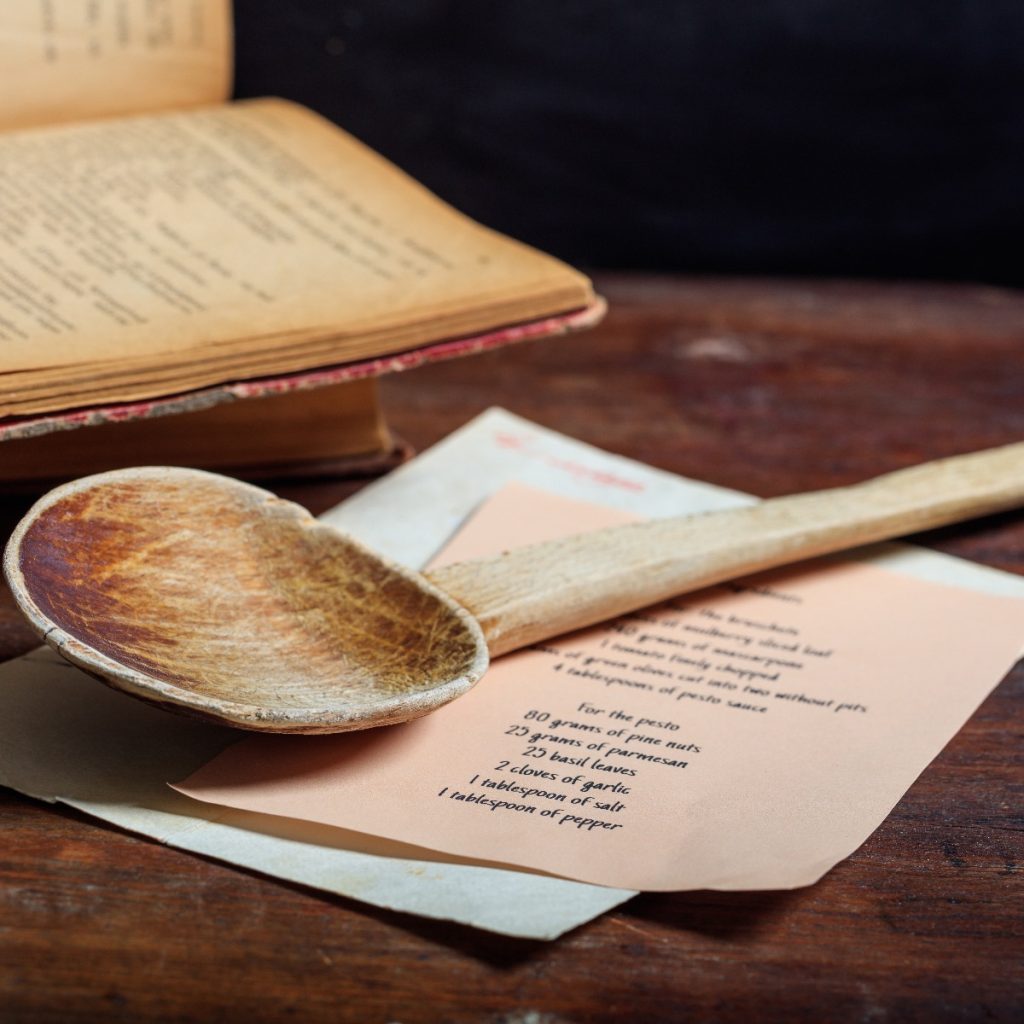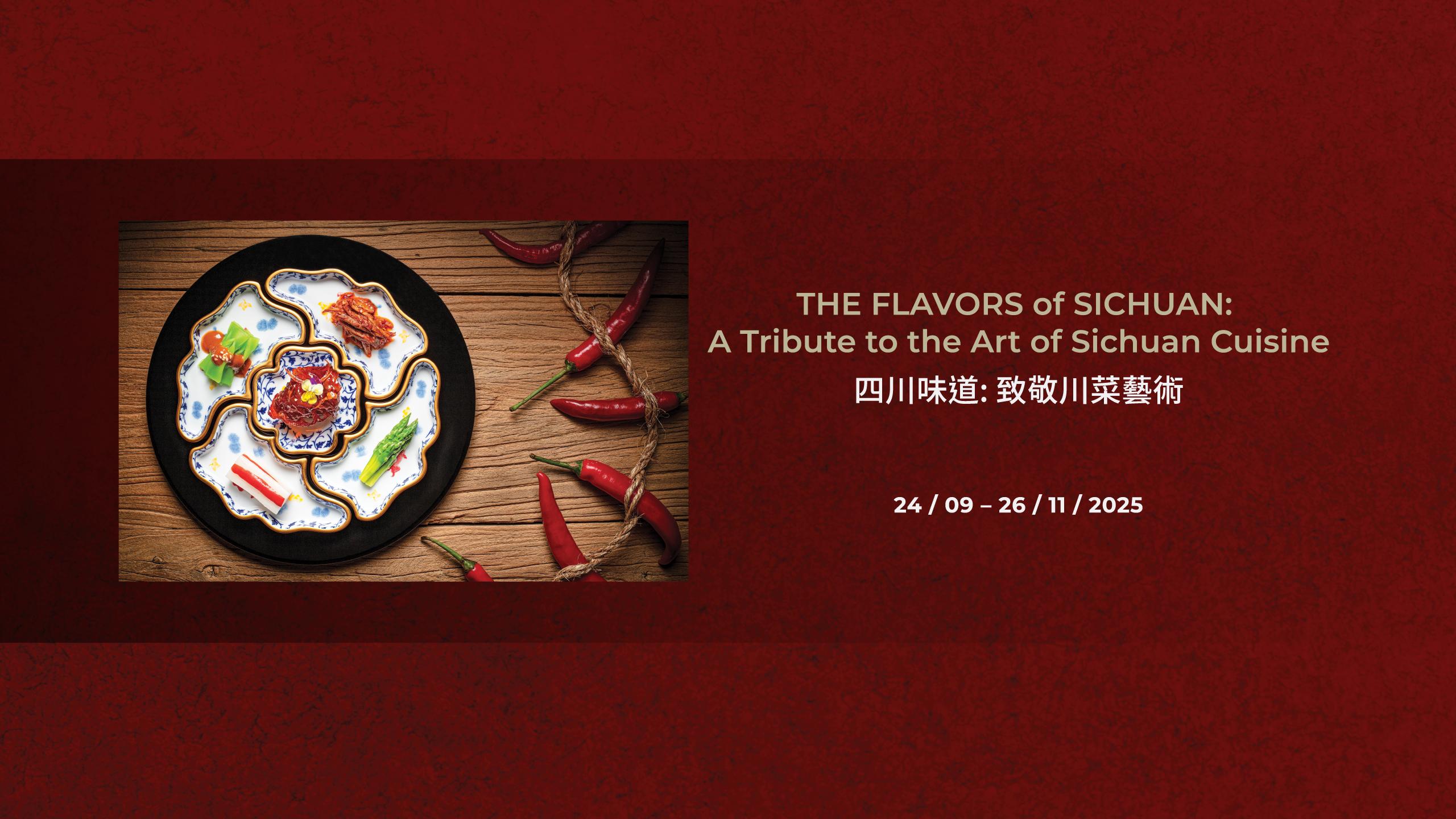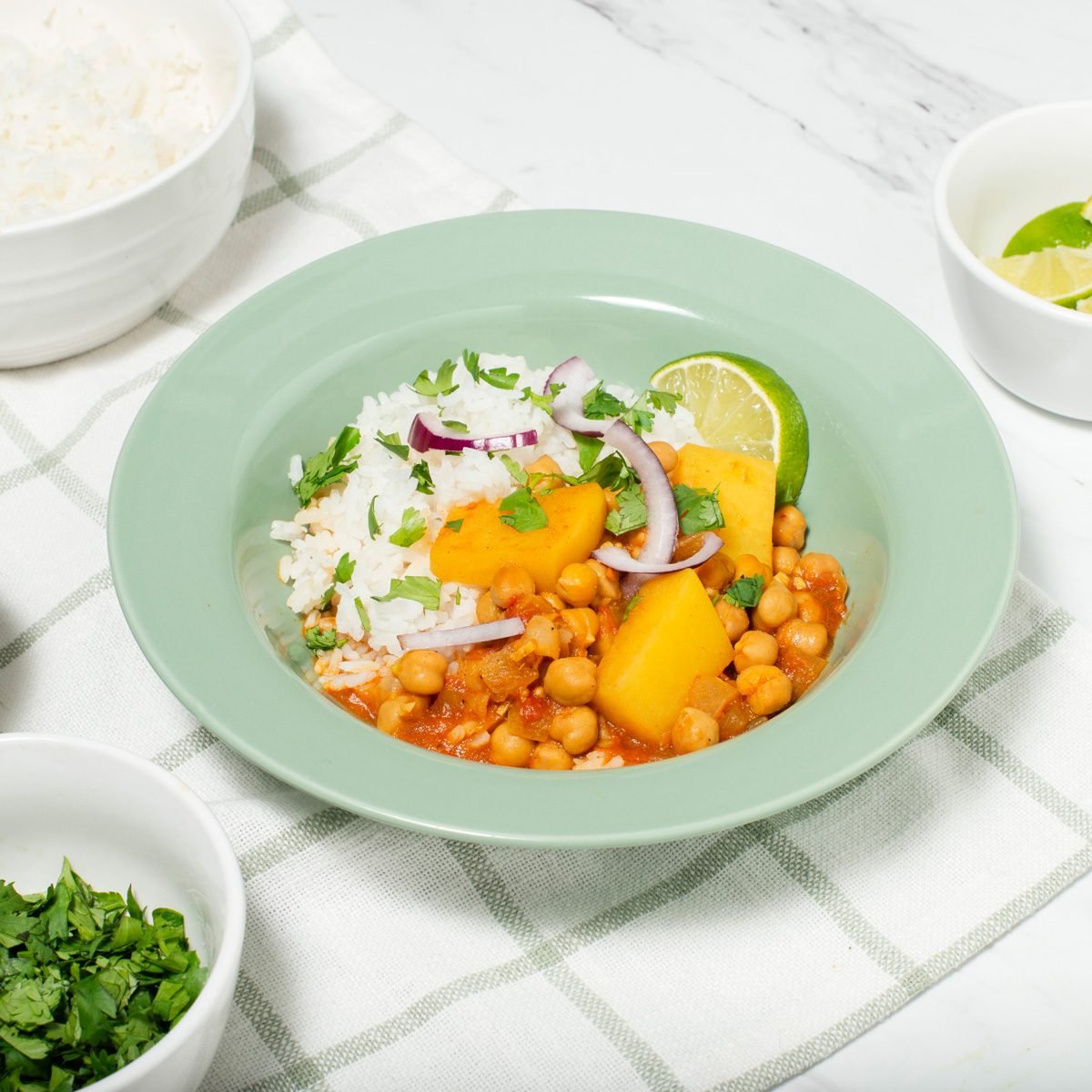Experimental Cuisine: The Importance of Improvisation in Modern Cooking

The Evolution of Culinary Innovation
In the vibrant world of modern cooking, experimental cuisine emerges not merely as a trend but as an artistic movement that underscores a chef’s journey of creativity and innovation. Chefs across the United States and beyond embark on culinary adventures that blur the lines between traditional cooking methods and avant-garde techniques, sparking a dynamic discourse about flavor, presentation, and dining experiences.
At the heart of this evolution lies the concept of improvisation. This practice can be distinguished by several key features that allow culinary artists to craft unique gastronomic experiences:
- Ingredient Playfulness: Chefs skillfully combine familiar flavors with unexpected elements, such as incorporating popcorn into sweet desserts or adding elements of molecular gastronomy, like foams or gels, to enhance traditional dishes. A notable example is the use of balsamic vinegar to create a bead-like texture that bursts with flavor, incorporating modernist techniques into classic presentations.
- Technique Experimentation: Innovative chefs often utilize unconventional methods, such as sous-vide or smoking, to alter textures and presentations. For instance, the rise of sous-vide cooking allows for precision in temperature control, creating perfectly cooked meats that retain moisture and flavor. Artistic plating techniques, combining elements that balance aesthetics with traditional elements, further transform the dining experience.
- Seasonal Adaptability: A commitment to local and seasonal produce not only fosters sustainability but allows chefs to craft menus that reflect regional flavors. In places like California, chefs are inspired by the rich biodiversity of produce available, often creating dishes that highlight heirloom tomatoes or wild mushrooms gathered from local foragers.
Moreover, the realm of experimental cuisine thrives on an interconnected community where:
- Collaboration Thrives: Many chefs look to one another for inspiration, leading to pop-up events and collaboration dinners that fuse distinctive styles. Projects like “Dinner Lab” bring together culinary enthusiasts to explore collective innovativeness under esteemed chefs’ guidance.
- Consumer Engagement: Today’s diners are not passive consumers; they actively engage with their meals. Many restaurants invite guests to participate in the cooking process or offer tastings that allow them to share their preferences, effectively influencing the chef’s creations in real-time.
- Cultural Exchange: As culinary influences from around the globe blend, unique dishes emerge that tell stories of heritage and innovation. Fusion cuisine, such as Korean BBQ tacos or sushi burritos, illustrates how culinary boundaries are being redefined in creative and delicious ways.
This exploration of improvisation not only enhances culinary practices but also significantly shapes food culture across the United States. As diners become increasingly adventurous, the role of creativity in the kitchen flourishes. Chefs and consumers alike are invited to embark on a flavorful journey, navigating an expansive landscape where collaboration, creativity, and flavor converge in delightfully unexpected ways.
DIVE DEEPER: Click here to discover the therapeutic power of music</p

Imagination Meets Technique in Experimental Cuisine
The essence of experimental cuisine lies in the delicate dance between imagination and technique. It is this intricate interplay that empowers chefs to break free from the constraints of traditional culinary paradigms and explore the uncharted territories of flavor and presentation. Chefs today are not merely cooks; they are artists and scientists, leveraging their technical prowess while harnessing the unexpectedness that comes with improvisation.
At the forefront of this creative revolution is the ability of chefs to take risks. Whether it is through spontaneous ingredient selection at farmer’s markets or inspiration from different cultural cuisines, modern cooks are finding new ways to challenge established norms. This artistic rebellion allows them to create dishes that surprise and delight the palate, inviting diners on a journey that is as much about storytelling as it is about sustenance. Here are key aspects that elucidate why improvisation is pivotal in modern cooking:
- Enhanced Flavor Profiles: By experimenting with unusual ingredient pairings, chefs can develop new flavor profiles that tantalize the taste buds. The combination of savory and sweet becomes more than just a trend; it transforms a dish into an experience. Think of classic pairings like chocolate and chilies or beets with citrus, which elevate traditional recipes into remarkable taste adventures.
- Leading Edge Presentation: The visual experience of food has become increasingly important in a world driven by social media. Chefs are pushing the boundaries of how food is presented, treating each plate as a canvas. The incorporation of vibrant colors, unique textures, and artistic designs not only enhances the dish but also creates shareable moments for diners, encouraging them to capture and distribute their culinary experiences across platforms like Instagram and TikTok.
- Utilization of Technology: Advancements in kitchen technology have paved the way for exciting new methods, such as the use of digital thermometers, steam ovens, and dehydrators. These tools not only facilitate precision in cooking but also spark a wave of creative exploration. For instance, sous-vide cooking allows chefs to achieve perfect doneness for meats, while also enabling them to infuse flavors in innovative ways that traditional methods might hinder.
The commitment to improvisation in the culinary arts is not limited to the professional kitchen; it spills into home cooking as well. With the rise of food blogs and social media platforms, amateur cooks are increasingly inspired to experiment with their meals. No longer are recipes seen as rigid guidelines; instead, home chefs feel encouraged to adapt, swap ingredients, and innovate in ways that reflect their unique culinary perspective. This shift promotes an inclusive food culture where creativity flourishes across the spectrum, democratizing the notion of gourmet cooking.
As red rooftops of kitchens across the country fill the air with the fragrance of sautéed onions and fresh herbs, a deeper conversation about the significance of improvisation in modern cooking unfolds. It invites a reflection on how each dish is more than just a meal; it is a narrative, a craft, and a testament to the chef’s willingness to venture into the unknown.
| Advantage | Description |
|---|---|
| Creativity | Experimental cuisine fosters innovation as chefs explore unconventional pairings and techniques, pushing culinary boundaries. |
| Personalization | Improvisation allows chefs to adapt dishes based on available ingredients or customer preferences, enriching the dining experience. |
In the realm of modern cooking, the art of improvisation unveils a canvas for culinary creativity. Chefs are encouraged to break free from traditional recipes, allowing for spontaneous inspiration to guide their hand in the kitchen. This approach not only cultivates a unique dining experience but also challenges the conventional norms of gastronomy. With each dish, the element of surprise engages diners, making their meals memorable and distinct. Additionally, the adaptability that improvisation offers serves the dual purpose of accommodating diverse tastes while also emphasizing sustainability by utilizing locally sourced ingredients. Whether through experimenting with flavors or reinterpreting timeless classics, chefs today are redefining the essence of cooking. Each culinary venture acts as a testament to the potential held within the fusion of artistry and technique in experimental cuisine. As the culinary landscape continues to evolve, embracing these principles will undoubtedly yield fascinating results, encouraging both chefs and food enthusiasts to delve deeper into the world of flavors.
DISCOVER MORE: Click here to uncover the art of landscape photography
Tradition Meets Innovation: Redefining Culinary Boundaries
In the world of experimental cuisine, the marriage of tradition and innovation creates a rich tapestry of flavors and techniques. Chefs today recognize that the culinary arts are a continuum, allowing them to draw upon ancestral practices while imbuing their creations with modern flair. This dynamic fusion is evident in how traditional recipes are reinterpreted through improvisation, allowing chefs to breathe new life into age-old dishes.
- Cultural Fusion: One of the most compelling aspects of modern cooking is the blending of cultural cuisines. The melting pot of flavors is a direct result of globalization and the accessibility of ingredients from around the world. Chefs are experimenting with spices from various regions, such as incorporating garam masala into classic Italian sauces or using miso in traditional American barbecue. This cross-pollination not only stimulates the palate but also fosters a deeper understanding and appreciation of different culinary heritages.
- Seasonality and Sustainability: Improvisation extends beyond flavor to the very foundations of food sourcing. With a growing awareness of environmental impact, chefs are increasingly prioritizing locally-sourced and seasonal ingredients. This shift not only supports local farmers but encourages chefs to adapt their menus based on ingredient availability. This requires creativity and flexibility, as chefs need to craft new dishes that may not follow a standardized recipe, ensuring that each meal remains fresh and reflective of the current harvest.
- The Rise of Fermentation: Fermentation has emerged as a method of both preservation and flavor enhancement, making it a prime area for experimentation. Chefs are creatively using fermented ingredients, such as kimchi, miso, and kefir, to add complex flavors and probiotic benefits to their dishes. The improvisational aspect here lies in the ability to adjust ratios and experiment with fermentation time, enabling unique variations that redefine the food experience. This innovative approach not only elevates flavor but also introduces health-conscious elements into modern cuisine.
The narrative of experimental cuisine is further enriched by the community surrounding it. Chefs are often engaged in a collaborative dialogue, sharing techniques and ideas, and pushing each other to innovate. Pop-up restaurants and food festivals serve as incubators where talent can flourish outside the constraints of a typical restaurant environment. Through these communal experiences, chefs gain inspiration from one another, fueling the creative fire that is essential to the continual evolution of modern dining.
Moreover, the accessibility of information plays a crucial role in this culinary revolution. The internet has democratized cooking knowledge, allowing aspiring chefs and home cooks alike to access a wealth of recipes, techniques, and culinary philosophies at their fingertips. Online platforms like YouTube provide tutorials that empower individuals to step beyond the rigidity of written recipes and embrace the notion of cooking as an art form driven by improvisation. As this culture permeates, the kitchen is transformed from a solitary space of preparation into a collaborative arena where ideas and creativity flow freely.
As the culinary landscape continues to evolve, the importance of improvisation remains a cornerstone of experimental cuisine. The ability to adapt, innovate, and reimagine traditional meals enables chefs to provide a unique dining experience that enthralls and captivates diners. This emphasis on creative exploration not only defines modern cooking but also paves the way for future generations of culinary adventurers who will carry the torch of improvisation in their own kitchens.
DISCOVER MORE: Click here to learn about gardening as a creative outlet
Embracing the Art of Improvisation in the Culinary World
In conclusion, the realm of experimental cuisine serves as a rich playground for chefs and food enthusiasts alike, fostering a culture that celebrates the art of improvisation. As culinary boundaries continue to blur and evolve, the importance of creativity, adaptability, and exploration remains paramount. By blending tradition with innovation, chefs are not only revitalizing age-old dishes but also paving the way for unique gastronomic experiences that tantalize the senses and challenge conventional norms.
The fusion of cultural influences, the shift towards sustainable sourcing, and the embrace of fermentation illustrate the dynamic nature of modern cooking. Each plate served is a testament to the idea that food is not merely about nourishment but also about storytelling, creativity, and connection. As diners become more adventurous, the push for experimentation only deepens, encouraging chefs to further explore uncharted territories of flavor.
Moreover, in an era marked by digital connectivity, the accessibility of culinary knowledge invites a diverse array of voices to contribute to this ongoing dialogue. The democratization of cooking inspires both amateur and seasoned chefs to take risks, reflecting the personal and authentic nature of their culinary identities. The future of cooking will undoubtedly be shaped by this spirit of improvisation, ensuring that the kitchen remains a vibrant landscape of innovation. Ultimately, as we celebrate the beauty of spontaneous creation within the culinary domain, we inspire a generation that values the journey of craftsmanship just as much as the final dish.


